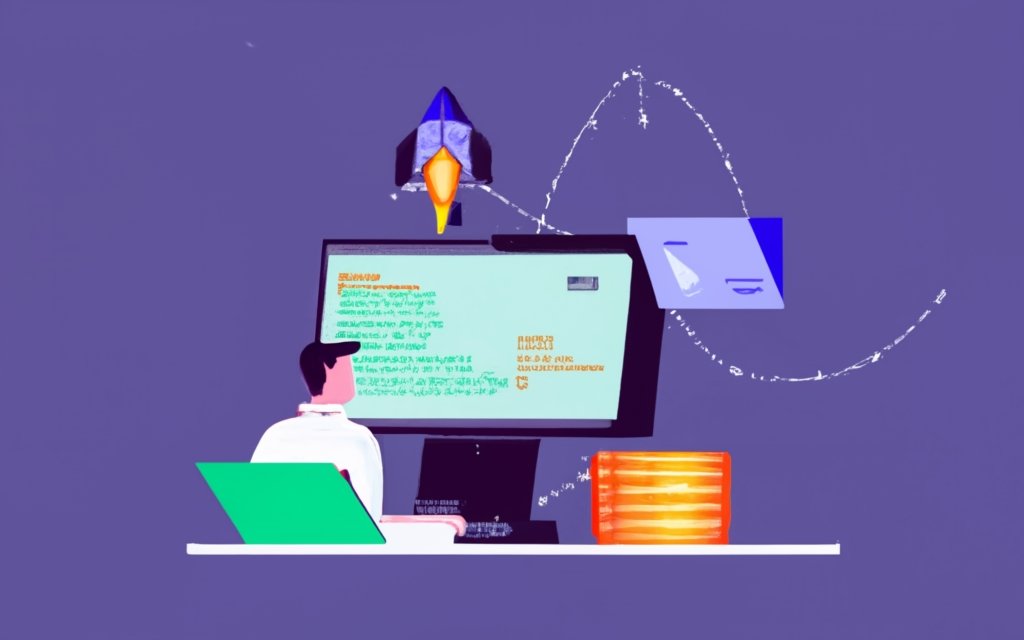In the world of modern web applications, real-time interaction has become an indispensable feature. Whether it's social media, online gaming, or chat apps, users expect instant communications. Today we're going to dive into how you can build your own chat application using Socket.IO, a powerful JavaScript library designed to facilitate real-time, two-way communication between servers and web clients.
Table of Contents
ToggleWhat is Socket.IO and why use it?
Socket.IO is a library that enables real-time, bidirectional, event-based communication between the browser and the server. It is made up of two parts: a server that integrates with Node.js and a client that runs in the browser. What makes Socket.IO unique is its ability to automatically handle disconnecting, reconnecting, and saving messages – essential features for any chat application.
Development environment configuration
Before we start coding, we need to set up our development environment. Make sure you have Node.js installed on your system as it will be required to run our chat server. You can download and install it from nodejs.org.
Once Node.js is installed, we can create a new directory for our chat project and navigate to it using the terminal:
mkdir chat-app cd chat-appInside the directory, initialize a new Node.js project:
npm init -yThis will create a new file package.json, which will handle the dependencies of our project.
Installing Socket.IO
To use Socket.IO, we need to install it on both the server and client side. We will start by installing the server part with npm:
npm install socket.ioAdditionally, we will need express to configure the HTTP server:
npm install expressCreating the server
Now that we have our dependencies installed, let's create a file called server.js:
const express = require('express'); const http = require('http'); const socketIo = require('socket.io'); const app = express(); const server = http.createServer(app); const io = socketIo(server); app.get('/', (req, res) => { res.sendFile(__dirname + '/index.html'); }); io.on('connection', (socket) => { console.log('A user has connected'); socket.on('chat message', (msg) => { io.emit(' ;chat message', msg); socket.on('disconnect', () => { console.log('A user has disconnected'); const PORT = process.env.PORT || 3000; server.listen(PORT, () => { console.log(`Server running on port ${PORT}`); });This code sets up a basic server that can send and receive messages through Socket.IO. When a client connects, a message is displayed on the console, and when a chat message is sent, it is broadcast to all connected users.
Configuring the Client
Create a file index.html in the main directory:
<!DOCTYPE html>
<html>
<head>
<title>Chat with Socket.IO</title>
<style>
ul { list-style-type: none; margin: 0; padding: 0; }
li { padding: 8px; margin-bottom: 2px; background-color: #f3f3f3; }
</style>
</head>
<body>
<ul id="messages"></ul>
<form id="form" action="" data-trp-original-action="">
<input id="input" autocomplete="off" /><button>Send</button>
<input type="hidden" name="trp-form-language" value="en"/></form>
<script src="/socket.io/socket.io.js"></script>
<script>
var socket = io();
var form = document.getElementById('form');
var input = document.getElementById('input');
form.addEventListener('submit', function(e) {
e.preventDefault();
if (input.value) {
socket.emit('chat message', input.value);
input.value = '';
}
});
socket.on('chat message', function(msg) {
var item = document.createElement('li');
item.textContent = msg;
document.getElementById('messages').appendChild(item);
window.scrollTo(0, document.body.scrollHeight);
});
</script>
</body>
</html>This HTML code includes a basic form for sending messages and a list for displaying them. It uses JavaScript to handle form submission and to update the page when messages are received.
Testing the Application
To see our chat app in action, simply start the server:
node server.jsOpen your browser and visit http://localhost:3000. You should see your chat app working and be able to send and receive messages in real time.
Conclusion
And that's it! You've created a basic chat app using Socket.IO. These tools are not only powerful but also flexible, enabling a wide range of real-time functionality in modern web applications.
To learn more about web development and other technologies, visit nelkodev.com where we continually add new tutorials and developer tips. Also, if you have any questions or need additional help, feel free to contact me via https://nelkodev.com/contacto.
I hope this tutorial was useful to you and inspires you to explore more about real-time programming and web application development. Until next time!






